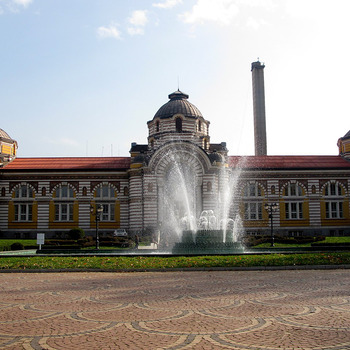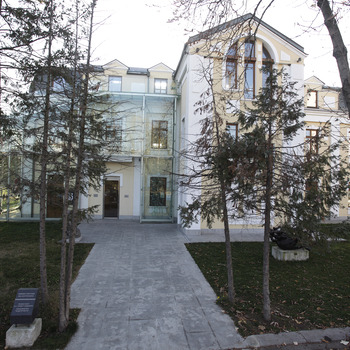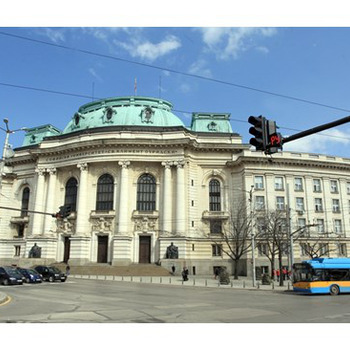Sofia Central mineral bath
Overview
The Bulgarian capital Sofia is famous for its abundance of cold and hot mineral springs, highly regarded by Thracians and Romans for their healing qualities. The springs are still flashing today, both in the city center and in its suburbs.
Impressively restored outside, the Central Mineral Bath, one of Sofia's emblems, now houses the Sofia History museum (decision taken in 1998) and some of the premises are unusable. Water only flows from the faucets outside. The purpose of the landmark building, which enjoys a key location, has been the subject of periodic controversy between the municipal government, experts, and non-governmental organizations. The municipality's position is that the flow of the spring is too weak to supply a full bath - a fact that many experts dispute.
The building of the Central Mineral Baths is a cultural monument of architecture and art and is one of the best examples of the National Romanticism trend of the early 20th century. Authors of the concept, inspired by the Viennese Secession but incorporating elements of the Byzantine and Bulgarian architectural tradition, were Petko Momchilov and Friedrich Grunanger. Construction works took place between 1906 and 1911. The author of the delicate multicolor majolica decoration was Haralampi Tachev. The stone statues were sculpted by Georgi Kiselinchev.
The Central Mineral Bath, fitted with state-of-the-art equipment and fed by the mineral springs at its foundations, furnished for spa procedures, opened for visits on May 1, 1913.
On January 10, 1944, a British-American bomb attack destroyed 93 public and 3211 residential buildings – primarily in the city centre of Sofia. The Central Mineral Bath was severely damaged, the flow of the mineral spring was also affected. After the war, the bath was completely restored and until 1986, and continued to serve its intended function.
In 1986, due to the poor condition of the building, it had to be closed. The bathroom has been under reconstruction for a long time.
Only since 2014, it became home to the Sofia History Museum.
Recommended
Sofia History museum
Museum of Illusions
National Archaeological Institute with Museum
Sveta Nedelya Cathedral


 Bulgarian
Bulgarian Romanian
Romanian



